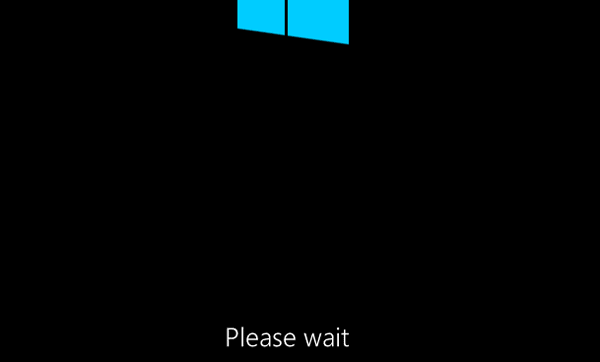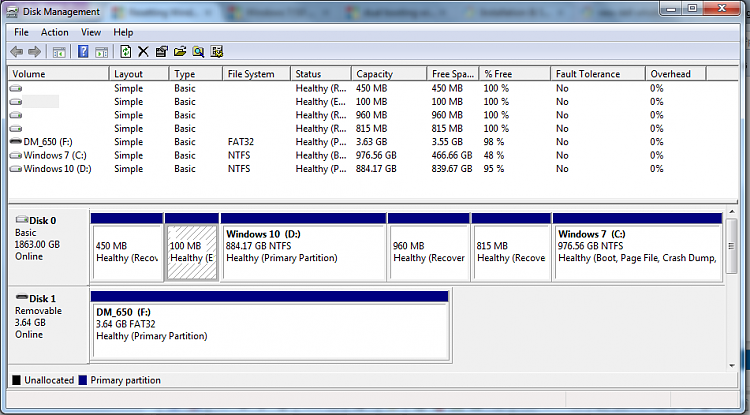
If you have any missing drivers, check the manufacturer’s support site and download and install the drivers you need. Hit the Windows key on your keyboard and type: device manager, and hit Enter or click the first result from the search list. After getting the latest security patches and driver updates (if any are available), you can check for missing drivers via Device Manager in Control Panel. Note that your computer will restart a few times to complete the process.Īfter the reset, you’ll want to check for updates by going to Settings > Windows Update > Check for Updates. A progress message will display during the reset. The time it takes will vary based on the amount of data, the hardware, and connectivity speeds. It will change settings back to the Windows 11 default configuration, keep personal files, reinstall Windows 11, etc. You might see a message warning that your PC was recently updated, and you won’t be able to undo the changes.įinally, you will get a message letting you know what resetting your PC will do. Now, review the apps to reinstall after the reset and click the Next button.Ĭontinue to follow the wizard’s on-screen instructions. If you’re going to fix an issue but keep your files, you’ll probably want to use “Local Reinstall.” But if you’re selling your device or want a clean start, the “Cloud Download” is the best option. The option you choose is determined by what you want to do with the PC.

This will restore any OEM tools that came preinstalled with the PC.

The following screen will open and give you the following two options: Now, under the “Recovery options” section, click on the Reset PC button. Once Settings is open, click on System > Recovery. Alternately, you can use the keyboard shortcut Windows key + I to open Settings directly. To reset your Windows 11 PC, start by hitting the Windows key and opening Settings. You might also want to consider creating a System Restore point in case things go awry. Important: Before resetting your PC, make sure to do a full system backup first.


 0 kommentar(er)
0 kommentar(er)
